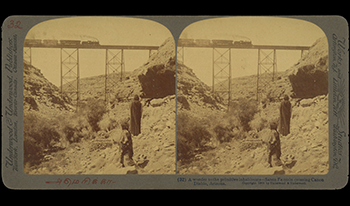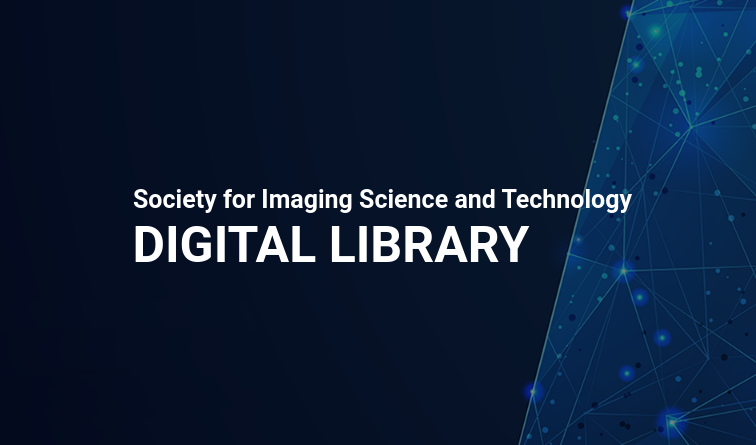
Vast archives of stereographic photographs from the 19th and 20th centuries survive in collections worldwide. While extensively digitized, these artifacts remain largely inaccessible in their intended three-dimensional form. Contemporary stereoscopic displays offer ideal platforms for experiencing these historical media, yet a significant barrier persists: the labor-intensive process of restoring deteriorated stereographs for comfortable viewing. This paper addresses this challenge through two approaches: first, establishing a comprehensive framework for manual stereograph restoration that balances historical authenticity with viewing comfort; second, presenting our ongoing development of an automated pipeline that leverages recent advances in computer vision. Our approach aims to dramatically reduce the time and expertise required for restoration, potentially enabling unprecedented access to historical stereographic archives and facilitating their reintroduction to contemporary audiences through immersive technologies.

Stereoscopic photography has a long history which started just a few years after the first known photo was taken: 1849 Sir David Brewster introduced the first binocular camera. Whereas mobile photography is omnipresent because of the wide distribution of smart phones, stereoscopic photography is only used by a very small set of enthusiasts or professional (stereo) photographers. One important aspect of professional stereoscopic photography is that the required technology is usually quite expensive. Here, we present an alternative approach, uniting easily affordable vintage analogue SLR cameras with smart phone technology to measure and predict the stereo base/camera separation as well as the focal distance to zero parallax. For this purpose, the StereoCompass app was developed which is utilizing a number of smart phone sensors, combined with a Google Maps-based distance measurement. Three application cases including red/cyan anaglyph stereo photographs are shown. More information and the app can be found at: <uri>http://stereocompass.i2d.uk</uri>